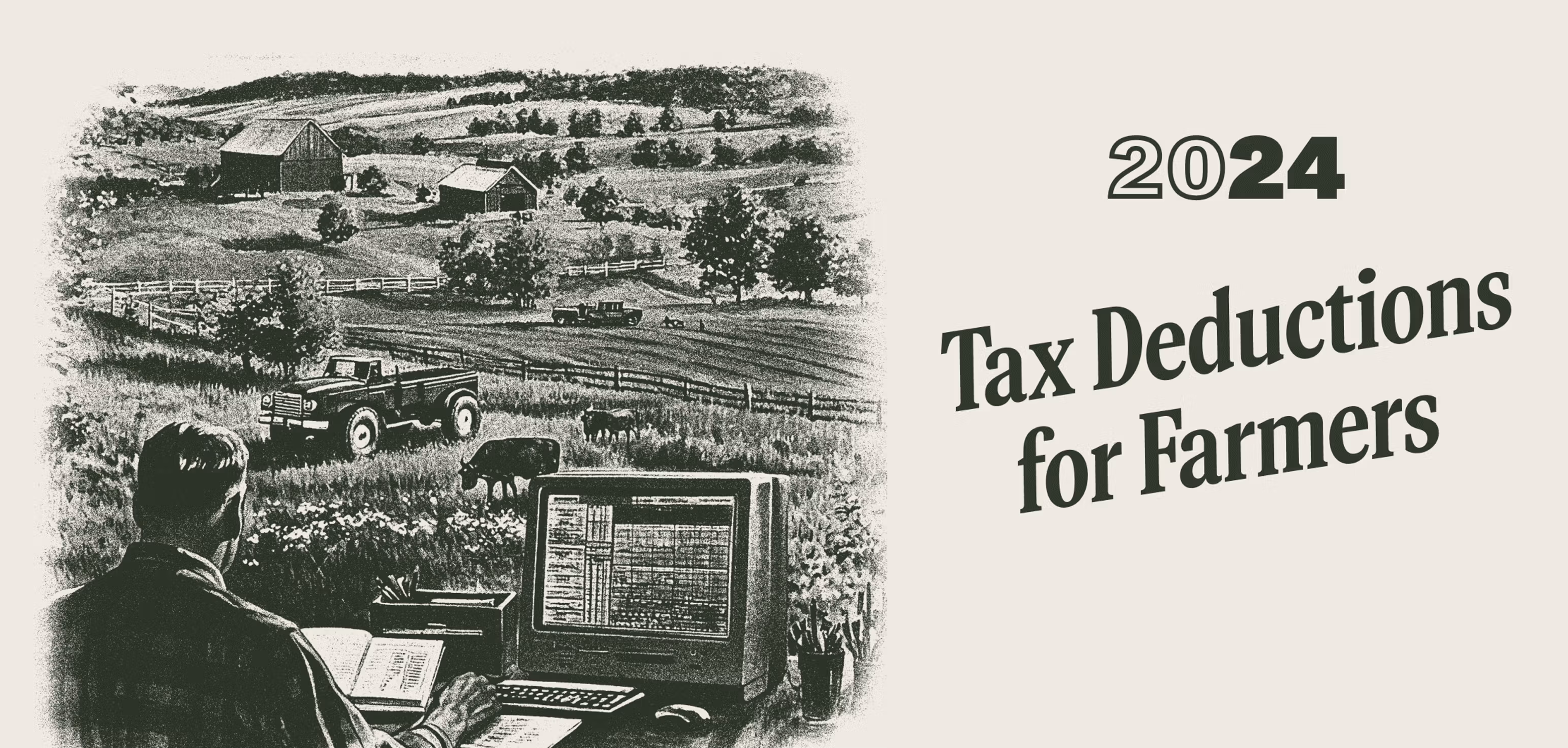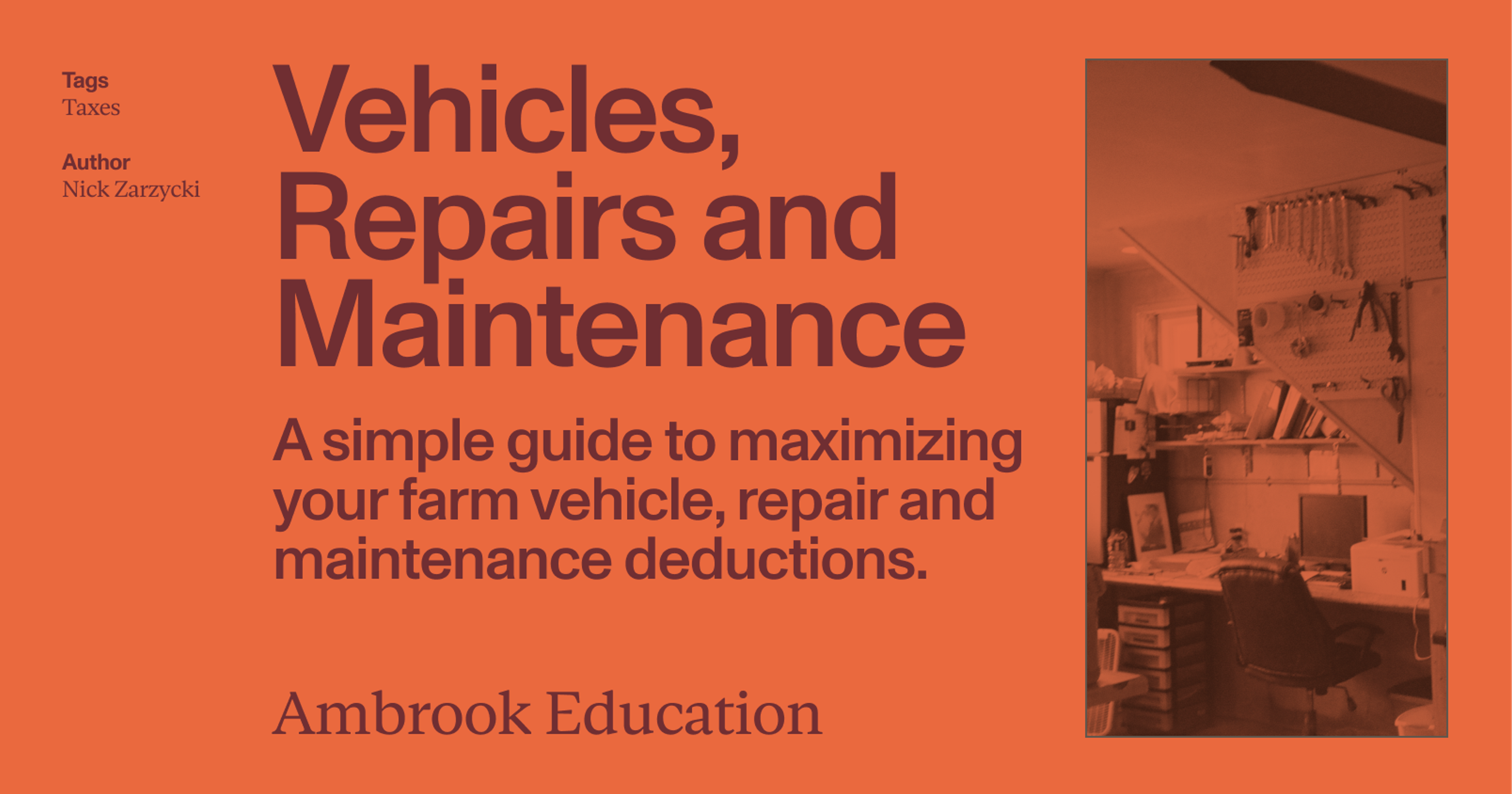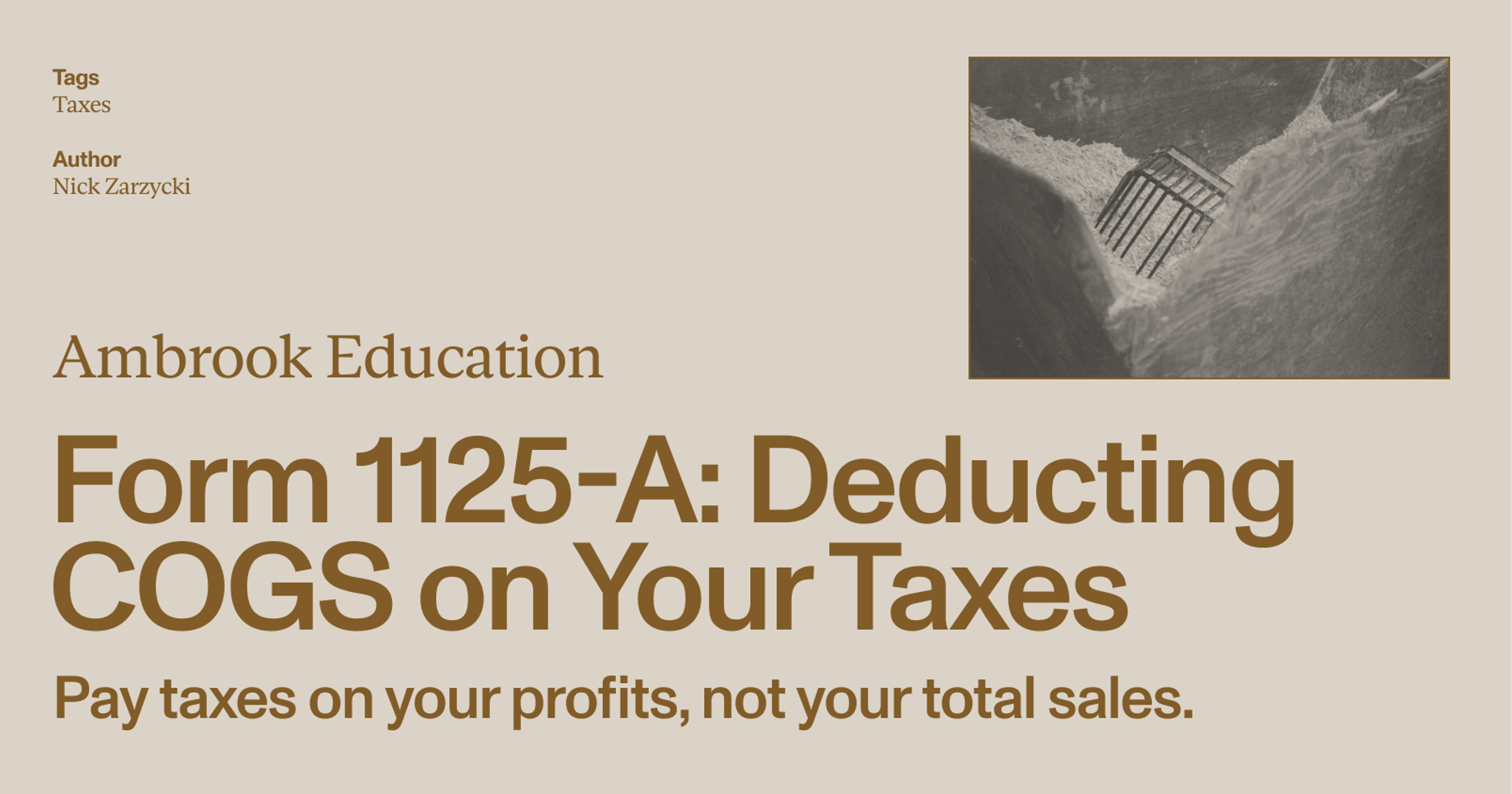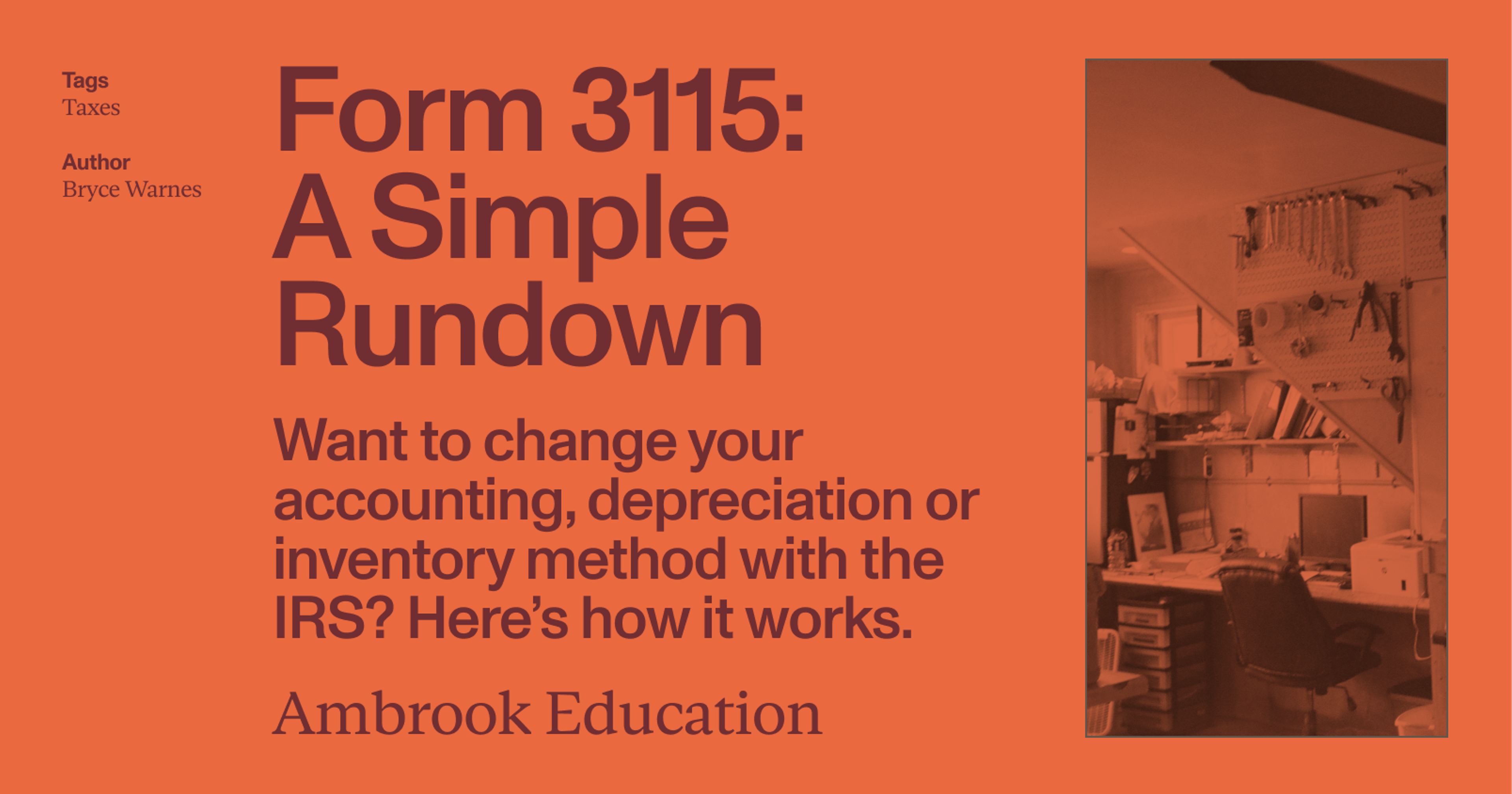Most of these day-to-day business expenses are deductible, but they can also be easy to miss.
Most of the supplies farmers use in their business are deductible, provided they’re not for personal use and directly contribute to the farming operation.
Some common examples of supplies farmers might record in Part II of Schedule F include:
Fertilizer, feed, seed and small plants
Livestock and other goods for resale
Insect sprays and dusts
Litter and bedding
Small tools expected to last one year or less
Office supplies like stamps and stationary
Subscriptions to publications that deal with farming
Tying material and containers
Utilities and internet
Looking for a different farm tax deduction? Start here.

Fertilizer, Lime, and Marl
The cost of purchasing and applying fertilizer, lime, crushed limestone, marl, and other similar substances that increase the fertility of farmland can be deducted in the year that they’re purchased and put into use – if their benefits last for one year or less.
If the resulting increase in soil fertility lasts for more than one year, they must be depreciated instead. However, there’s an exception to this rule called Section 180.
Section 180
This rule allows farmers to deduct the full cost of fertilizer, lime, ground limestone, and marl in the year that they’re purchased, even if they benefit the land for more than one year.
Keep in mind that Section 180 only applies to farmland, which is land used for “producing crops, fruits, or other agricultural products or for sustaining livestock.”
Section 180 also does not apply to land that hasn’t previously been used for farming – in other words, you can’t use it to deduct the cost of preparing land for farming.

Prepaid Farm Supplies
If you use the cash method of accounting to report your income, you can write off a percentage of the fertilizer, lime, seed, feed, and other supplies you purchase for use in future years. The limit for deducting prepaid supplies in this way is 50% of the total value of the other deductible farm expenses you claim that year using Schedule F.
This limit doesn’t apply if your prepaid farm supply expenses total more than 50% of your other farm expenses because of unusual circumstances, like an outbreak of disease or a natural disaster. The limit also doesn’t apply if your prepaid farm expenses totaled less than 50% of your other farm expenses for the last three years.
Prepaid Livestock Feed
If you use the cash method of accounting, you can’t deduct prepaid livestock feed unless you meet the following tests:
1. The payment is for the purchase of feed, and not a deposit.
2. The prepayment has a business purpose, and isn’t merely for tax avoidance.
3. The prepayment doesn’t result in a material distortion of your income.

Seeds and Plants
Farmers can generally deduct the cost of seeds and plants used to grow crops. Before 2018, however, farmers generally couldn’t deduct the cost of plants that have a pre-productive period of two or more years like trees and vines, which had to be capitalized and depreciated instead.
In 2017, the Tax Cuts and Jobs Act introduced a special rule which today allows small farmers – or farmers with average annual gross receipts of $26m or less during the last three years – to deduct the cost of trees and vines in the year that they were purchased.

Livestock and Goods Purchased for Resale
If you use the cash method of accounting, you can deduct the cost of livestock and other items purchased for resale only in the year that they’re sold. However, there are some exceptions for poultry, seeds, and plants.
You can generally deduct the cost of seeds and young plants purchased for further development and cultivation before resale, but only if you do this consistently and don’t use the crop method to figure your income (see below).

Egg-laying Hens, Pullets, and Baby Chicks
If you purchased poultry for resale and don’t resell it that year, you might be able to deduct the cost as a prepaid farm supply expense – but only if you do this consistently and it doesn’t materially distort your income.
This applies to any other poultry you purchase for use in your farm business, including egg-laying hens, pullets, and baby chicks. The deduction limit is 50% of the total value of your other deductible farm expenses for the year.

Crop Method of Accounting
If you don’t sell or dispose of your crop in the same tax year that you plant it, you can ask the IRS for permission to use the crop method of accounting to figure your income and expenses.
Under the crop method, you deduct the entire cost of a crop in the year that it’s sold. This means you can delay deducting the cost of seeds and young plants until you realize income from them, which might be beneficial–for example, if you expect to be in a higher tax bracket.
If you follow this method, deduct the cost of the seeds and young plants from their final selling price to determine your profit on Schedule F, Part I.
With permission from the IRS, you can use either the cash method or the crop method for deducting the cost of egg-laying hens, pullets, and chicks. You can also separately use either method for deducting the cost of seeds and young plants. Once you’ve chosen a method in one year, however, you’ll need IRS approval to change it.

What to know before you start deducting
1. Make sure it’s a business expense
According to the IRS, you can only deduct expenses that are “common” and “necessary” in your line of work. Deducting expenses you use for both business and personal purposes (i.e. vehicles and equipment) often requires extensive recordkeeping in the form of activity logs, and also some proof that they’re directly associated with your business.
2. Know the hobby rules
You can’t deduct any expenses if the IRS determines you’re a non-profit or ‘hobby’ farm. This can happen if you fail to earn a profit in 3 of the last 5 years, which is when the IRS comes in to take a closer look and determine a profit motive. If you fail the profit test, however, you might be able to postpone this process by filing IRS Form 5213.
You can find a list of factors the IRS considers in the ‘Not-for-Profit Farming’ section of the IRS Farm Tax Guide.
3. Separate farming from non-farming
Remember that not all of the income earned on a farm is considered “farming income” for tax purposes.
Processing farm commodities (e.g. wine and cheese-making, butchery, canning, jamming) is not considered farming by the IRS. Providing farming services like custom harvesting, trucking commodities to market, agritourism and running an events space also don’t count.
For more, check out our guide to who is and isn’t considered a farmer for tax purposes by the IRS.

Looking for a different farm tax deduction?
We’ve gathered the most popular farm business deductions into one easy to read guide. Check out the introduction or dive into the relevant section below.
Part 1: Vehicles, Equipment, Repairs and Maintenance
Part 2: Supplies, Fertilizer, Feed and Goods Purchased for Resale
Part 3: Wages, Benefits, Business Travel and Meals
Part 4: Overhead, Fees, Taxes, Office Expenses and Utilities
Don’t Miss a Single Deduction with Ambrook
Ambrook’s unique category tags correspond directly to each line on Schedule F, making it easy to compare your tax return to your records and saving you hours of work during tax season.
With features like automated financial reporting, bookkeeping automation, and effortless bill pay and invoicing, Ambrook is more than just a farm tax and accounting tool: it takes the guesswork out of running your business. Want to learn more? Schedule a demo today.
This resource is provided for general informational purposes only. It does not constitute professional tax, legal, or accounting advice. The information may not apply to your specific situation. Please consult with a qualified tax professional regarding your individual circumstances before making any tax-related decisions.





